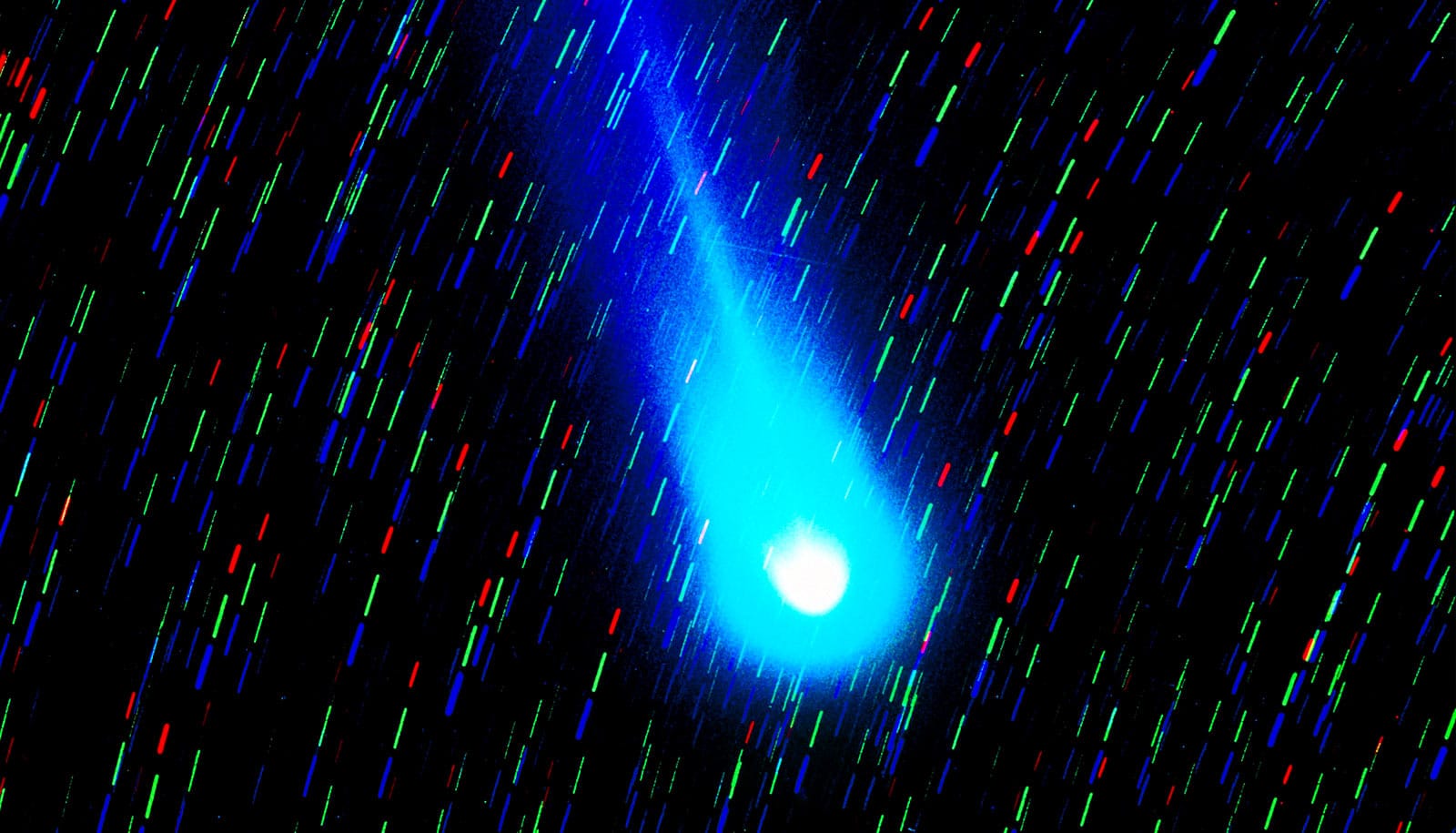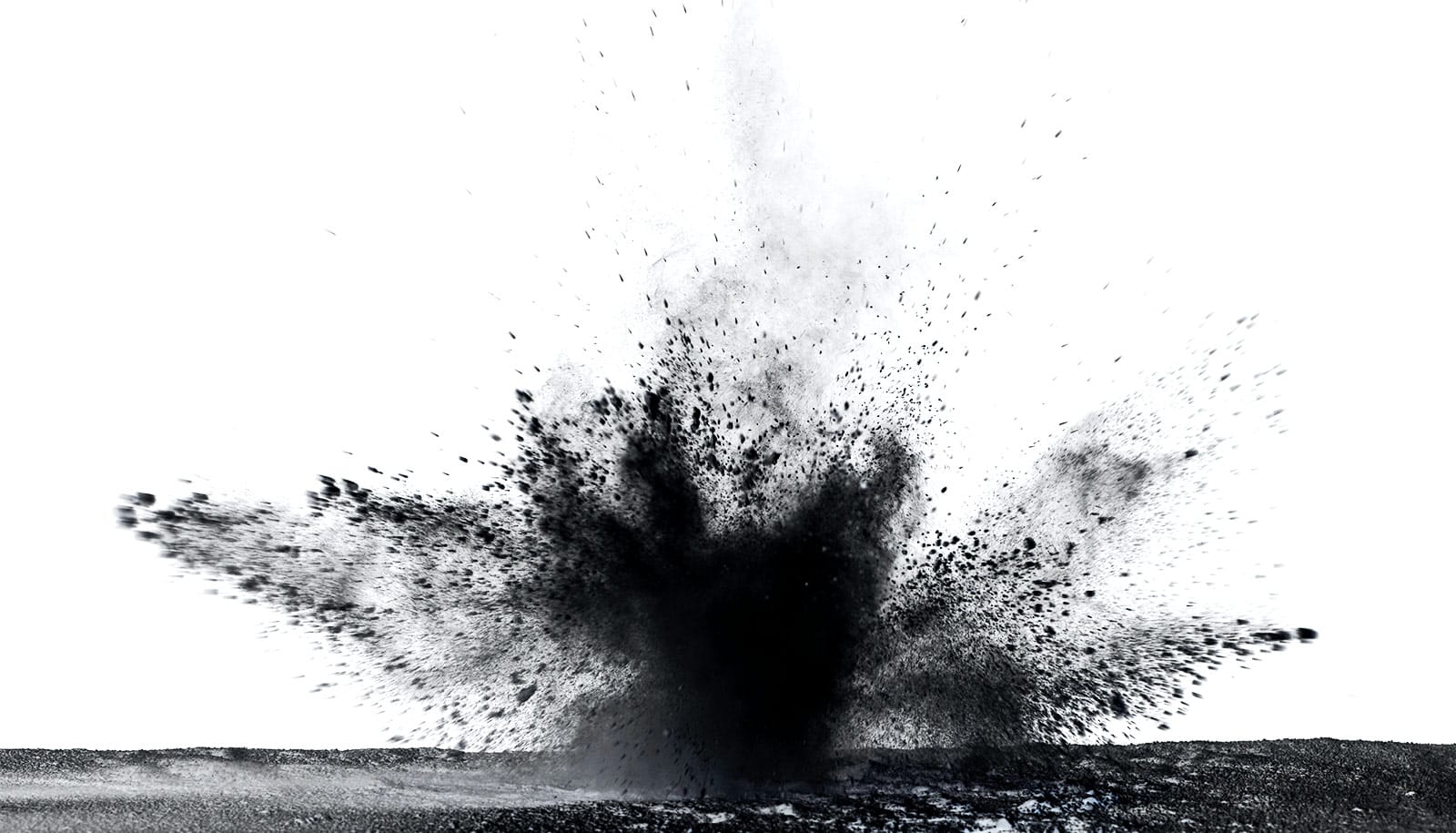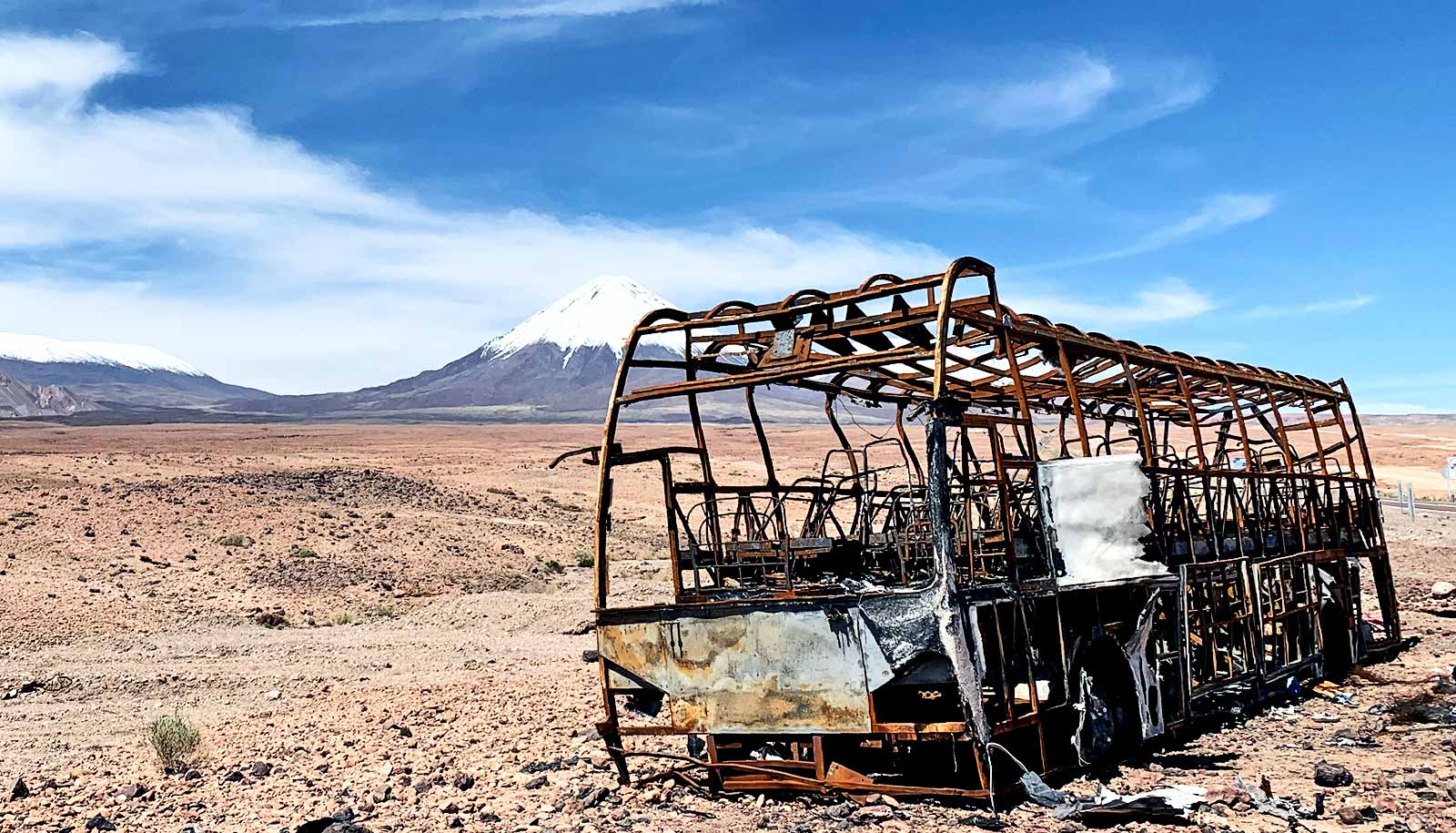New research details how a prehistoric cosmic airburst is assisting archaeologists today.
A fragmented comet thought to have smashed into the Earth’s atmosphere almost 13 millennia ago has been credited with far-reaching effects. These include widespread burning across the globe, followed by an impact winter and an anomalous, abrupt cooling of the Earth. It also led to the extinction of megafauna such as mammoths and saber-toothed cats, the disappearance of Clovis culture in the Americas, and the earliest transition to agriculture in the Levant.
Scientists have now found another effect of the prehistoric event: It can help archaeologists date stone artifacts.
According to a paper in the journal Scientific Reports, evidence of the impact, particularly the high concentrations of platinum and of iron-rich microspherules, can serve as a stratigraphic yardstick to help establish the age of artifacts in the layers of sediment where they are found, and, importantly, correlate the ages of artifacts and sediments across dig sites in the same area.
Such has been the case in Wakulla Springs in northern Florida, a high-volume freshwater system known to have hosted people and animals through the millennia. But, because of the mobile sandy soils and continuous occupation, the sediments have also been subject to mixing that can make it difficult to accurately determine the age of artifacts found there.
“There’s a fair amount of reworking, and there’s virtually no carbon preserved in the sediments. So there’s virtually no radiocarbon dating,” says James Kennett, professor emeritus at the University of California, Santa Barbara, who co-authored the paper. “Even though archeologists have discovered points and tools preserved in a general sequence, they didn’t know much about their age because they couldn’t employ radiocarbon dating.”
Enter the Younger Dryas Boundary (YDB) layer. Characterized by materials that form at extremely high temperatures—greater than 2,000 degrees Celsius—the YDB strewnfield has been found to be widely distributed around the globe, including the Americas, Western Europe and the Middle East.
As the comet fragments collided with the Earth’s atmosphere close to 12,800 years ago, according to the YDB hypothesis, the heat and pressure—comparable to the energy released by thousands of atomic bombs—melted metals and minerals and introduced rare elements into the sediment. In finding this layer of material, the researchers say, it becomes possible to more accurately estimate the age of the artifacts in the sediments around it.
“The Florida sites have a certain archeological sequence of stone tools with only generally known cultural ages,” Kennett says. “The idea was to try and see if we could use the 12,800-year-old Younger Dryas Boundary to more clearly define the cultural ages and their sequence represented in these sites.”
The researchers used several methods to characterize the sediments in columns taken from seven sites in the area, including platinum geochemistry, granulometry, optically stimulated luminescence (OSL) dating, and the dating of the stone artifacts. OSL is a widely used method for dating archaeological samples in the absence of carbon; it relies on the buildup of absorbed energy in common minerals such as feldspar and quartz.
“Basically there’s normal radioactive radiation from these minerals,” Kennett says. “And what happens is that this radiation accumulates, but when these minerals are exposed to sunlight, this energy is released. You can use that process to generally date the minerals to the last time they saw the Sun.”
Though a valuable technique, according to the paper, “the OSL dates have high uncertainties, typically ranging from 1000 to 2000 years, making for low precision and accuracy for the age-depth models produced using OSL alone.”
However, roughly a meter (three feet) below the surface at each of the sites they studied, the researchers found iron-rich microspherules, which would have formed when rock and mineral melted into tiny droplets and cooled after the collision with the comet. They also found unusually high concentrations of platinum, which would have been introduced by the cosmic impact. Geochemistry and scanning electron microscopy confirmed these things to be impact-related, and thus indicated the clear presence of the YDB layer.
“This is critical because the layer containing platinum and microspherules is well dated to 12,800 years ago at many other sites,” Kennett says. “Therefore, it provides a very useful age level for correlation and dating between the sequences at Wakulla.”
Between the OSL data, the YDB layer, and the presence of artifacts, the researchers were able to gauge the relative ages of the stone tools found before (below) and after (above) the YDB event, which could allow for sorting into Clovis, pre-Clovis, and post-Clovis ages. Importantly, they were also able, for the first time, to correlate across the individual sequences created for each site for a more comprehensive paleohistory of the area.
“The precise age of this layer helps sort out the chronological sequence of the stone tools, and hence of changing human cultures,” Kennett says.
“A lot of archaeological sequences are difficult to date with accuracy, such as those in Florida and other states along the Atlantic coast, and hence the identification of the YDB layer presents a significant advance.”
Source: UC Santa Barbara



